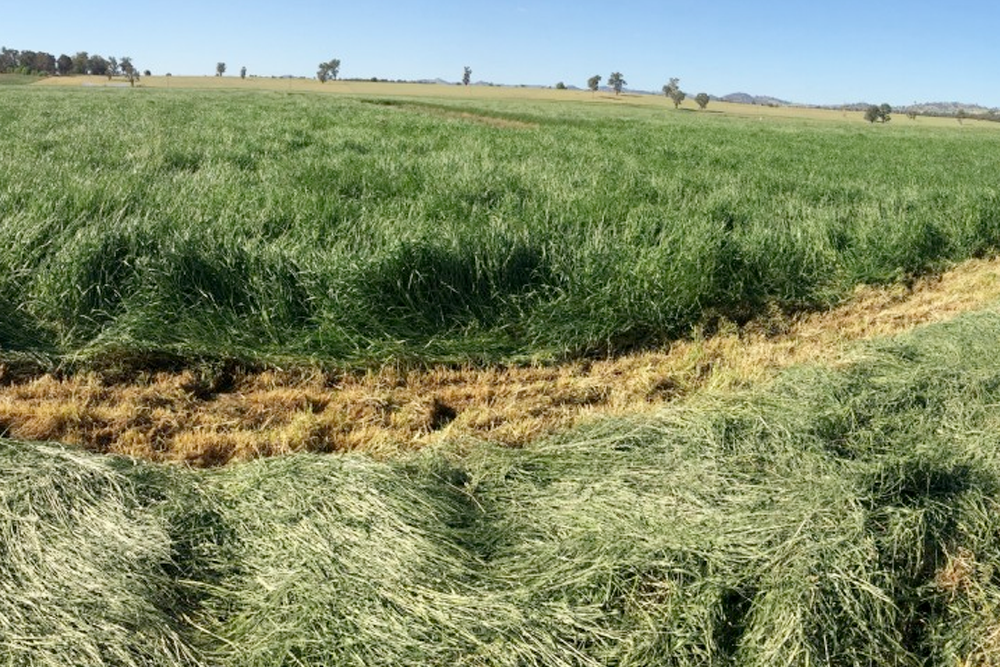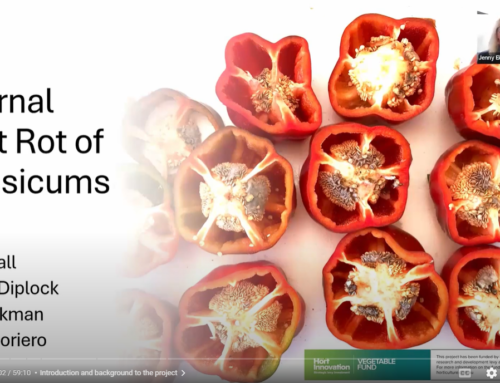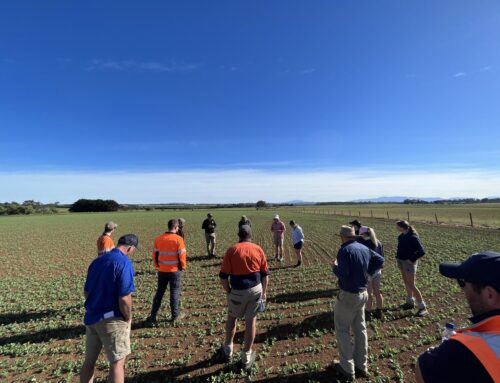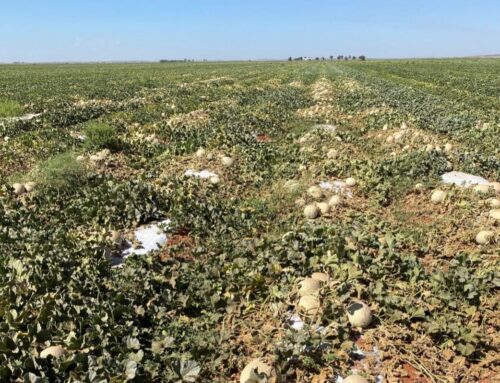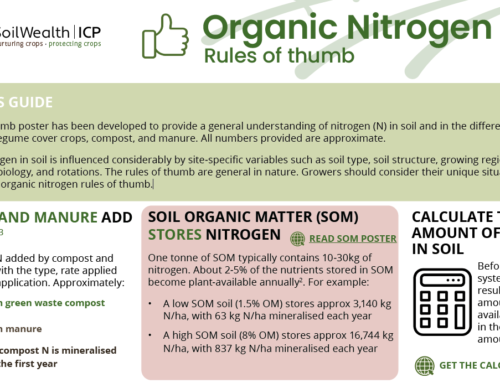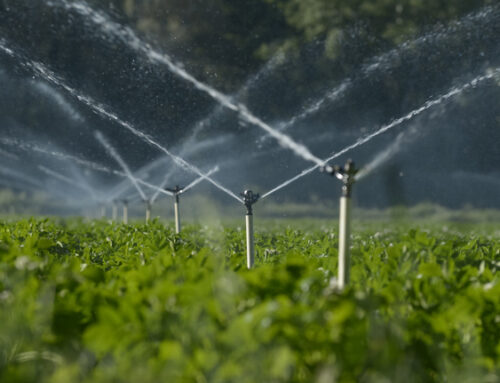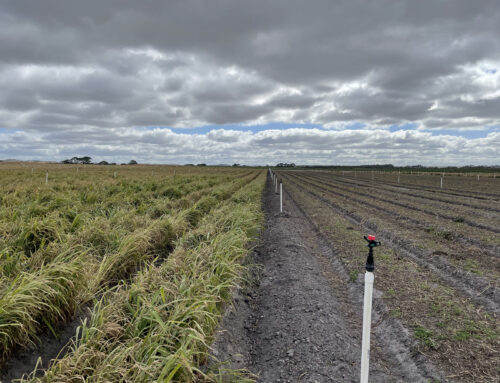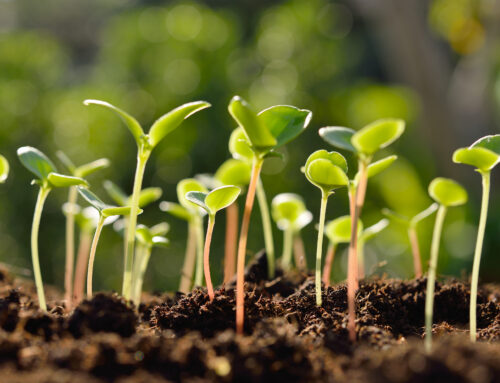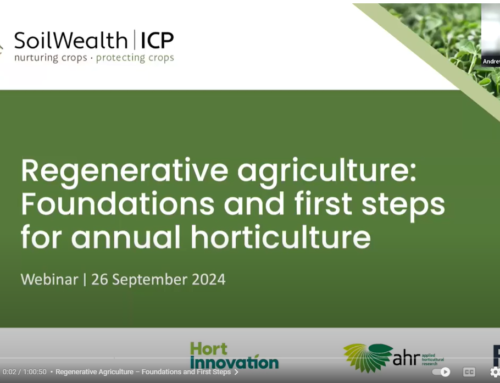With hay prices through the roof, and farmers desperate for fodder to keep their breeding stock alive, it is seems almost criminal to plow in a cover crop.
However, before you call the hay contractor, think about how taking a hay crop may affect your next vegetable crop. Here are a few things to consider:
- Soil compaction. Cutting hay needs 3-5 tractor passes along different tracks to your normal operations. Each of these operations has the potential to compact your soil. If you have permanent beds/wheel tracks then this could undo a lot of your work to improve the soil. This compaction could have the biggest impact on your next crop.
- Loss of the soil’s protective covering. Hay removal reduces cover crop residues, mainly affecting their longer-term benefit. Root biomass and stubble cut relatively high will provide some ground cover for the short term.
- Reduced organic matter input. A major aim of cover crops is to increase organic matter input into the soil. Taking a hay crop reduces the amount of organic matter input by about two-thirds. This may well be your best choice economically for the short-term, and your soil health benefit will still be well ahead compared to leaving a fallow field. One additional benefit from taking a hay crop is the likely reduction in cultivation required.
- Nutrient removal. Hay removal is a major export of nutrients from the paddock, but hay crops are often deeper-rooted crops than vegetables which lessens the overall nutrient removal impact. Vegetable farms are usually irrigated, diverse, and 0 – 30 cm fertility is high and monitored closely. Just make sure you balance up any nutrient losses through your vegetable fertiliser programs.

Taking a hay crop removes up to two-thirds of the cover crop organic matter, but the soil still benefits from cover crop roots and stubble. As the above photograph illustrates, even with hay removal, cover cropping improves soil structure and biology over fallow.
Economics of hay
Finally, do some calculations on the economics. Many cover crops produce between 5-10 t/ha dry matter. With the hay market currently ranging from $250 – $650 per tonne ex farm, there are some short-term economic benefits. Check regional pricing (www.dairyaustralia.com.au/industry/farm-inputs-and-costs/hay-report) and if you are new to haymaking, then check out the “Tips for a Profitable Hay Season” booklet (https://www.feedcentral.com.au/tips-for-a-profitable-hay-season-19-20/)
Retaining 100% of the cover crop pays back over a longer period of time in infiltration rates, increased soil water holding capacity, improved biological fertility, slow release of nutrients, and reduced erosion.
But with prices and demand for hay so high, it is worth looking at the hay option.
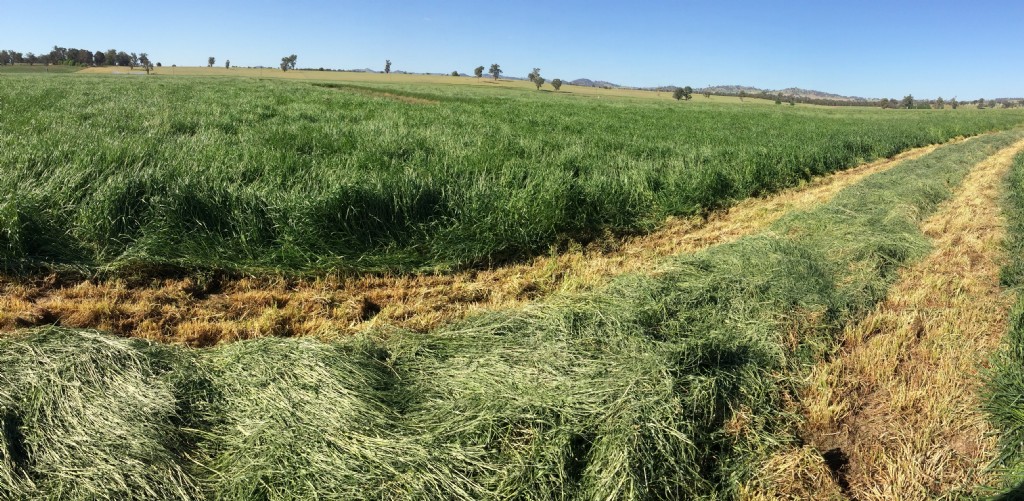
This article was produced as part of VG16068 – Optimising cover crops for the Australian vegetable industry. This project is funded by Hort Innovation using the vegetable research and development levy and funds from the Australian Government.

